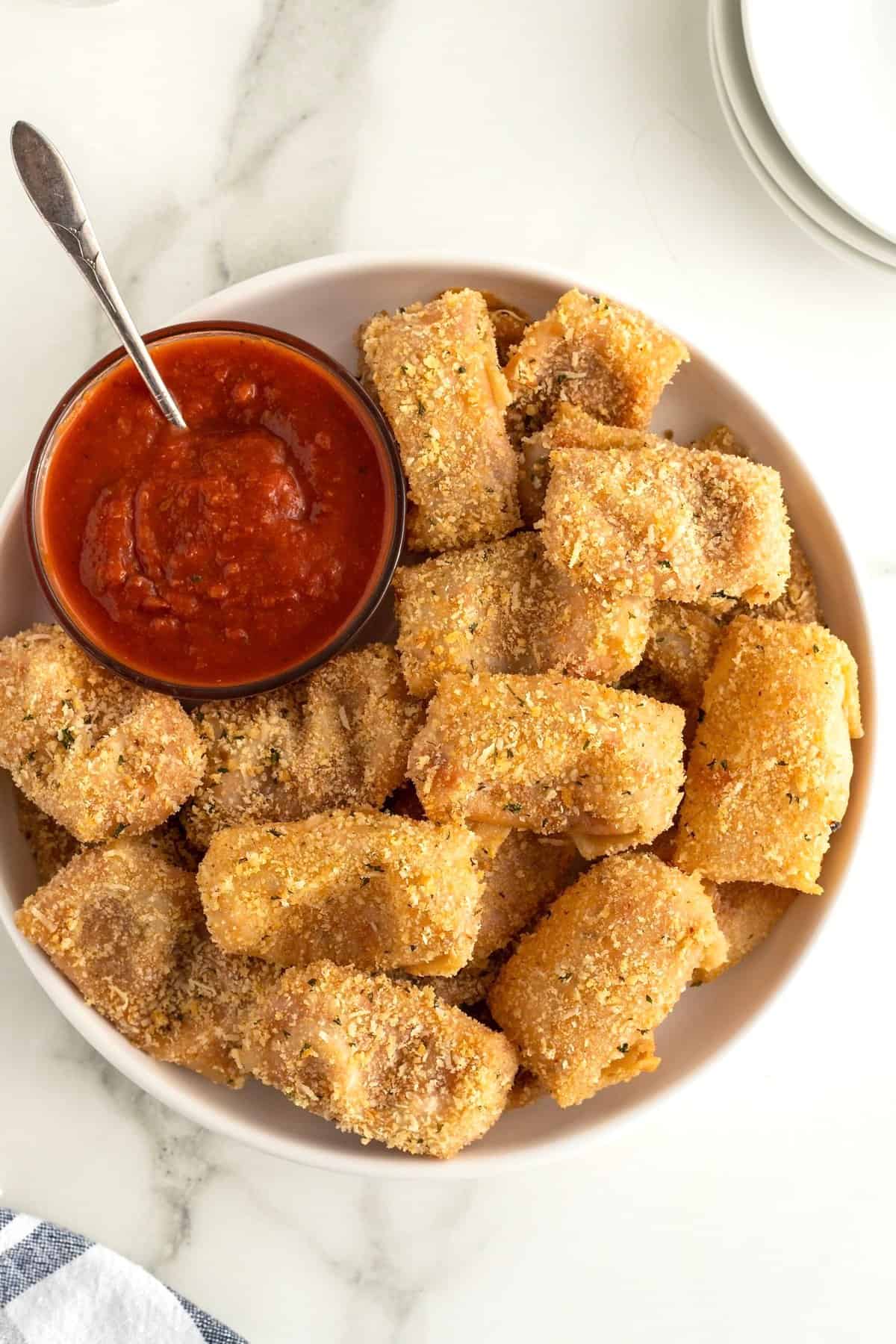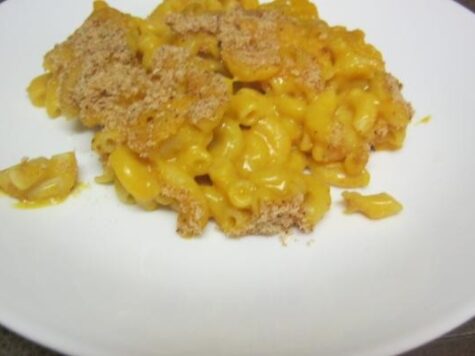
This image courtesy of Steve Adams
An enticing dichotomy, this cookie is thin and crisp, yet it’s packed with the robust flavor you’d expect of a bulkier cookie. Silicone baking mats are recommended for this recipe, though nonstick cookie sheets can be substituted (see Step 4, below). Store the wafers in airtight containers at room temperature up to 2 weeks. Contain them as soon as they’ve cooled. Due to their high sugar content, they will quickly attract moisture and get soft if not properly stored.
Recipe CourseDessert, Snack
Dietary ConsiderationHalal, Kosher, Peanut Free, Soy Free, Tree Nut Free, Vegetarian
Taste and TextureCrisp, Nutty, Sweet
Type of DishCookie, Dessert
Ingredients
- 1/4
cup plus 2 tablespoons all purpose flour - 1/4
cup plus 1 tablespoon flax seed, lightly toasted and cooled (available in the bulk foods sections of most health and organic food stores) - 1 1/2
tablespoon caraway seed, lightly toasted and cooled - 1/4
teaspoon baking soda - 1/8
teaspoon salt - 3/4
cup (1/2 stick) plus 2 tablespoons unsalted butter, cut into tablespoon-size pieces - 3/4
cup firmly packed dark brown sugar - 1 large egg, beaten
- 3/4
teaspoon pure vanilla extract
Instructions
-
Combine the flour, flax seed, caraway seed, baking soda, and salt in a small bowl and set aside for use in Step 3.
-
Place the butter in a medium (3-quart) saucepan and melt over medium heat. Remove from the heat and immediately add the brown sugar, stirring until it is uniformly moistened. Cool to lukewarm. Note: Some separation of the butter from the sugar may occur, but this is not a problem.
-
Measure out 1½ tablespoons beaten egg and whisk into the butter mixture along with the vanilla extract. (Discard the remaining egg or save for another use.) Gradually add the flour mixture, stirring until evenly incorporated. The dough will be quite loose. Cool 25 to 30 minutes, or until the dough can be rolled into balls that hold their shape without much spreading. (You can bake the cookies immediately, but they will bake into more uniform rounds if you let the dough cool first. Transferring the dough to a bowl will expedite the cooling process.)
-
Position a rack in the center of the oven and preheat the oven to 325 degrees F. Line two or more cookie sheets with silicone baking mats. You can also use nonstick cookie sheets, though the cookies will bake more quickly on them, especially if they are dark. A dark pan can also make it more difficult to determine when the cookies are properly browned. (Note: With nonstick cookie sheets, no pan preparation is necessary. The cookies tend to misshape on parchment paper and will get doughy if baked on greased and floured pans.)
-
Portion the dough into small mounds using a level 1- to 1 1/8-inch (#100) scoop or 1 level teaspoon per mound. Drop the mounds directly onto the prepared (or nonstick) cookie sheets, spacing them 2 to 2½ inches apart. Roll the mounds between your palms to form uniform ¾-inch balls and set the balls back on the cookie sheets.
-
Bake 11 to 12 minutes, or until the balls have flattened and turned a rich golden brown through to the center. Rotate the cookie sheets as needed to ensure even browning. Watch carefully toward the end of the baking process, as the wafers can quickly go from done to burned.
-
Cool the wafers 2 to 3 minutes on the cookie sheets, or until the wafers are stiff enough to lift with an offset spatula without tearing. (Do not cool any longer on nonstick cookie sheets, or, ironically, the wafers will stick.) Cool completely before storing. Note: If the wafers do not turn completely crisp as they cool, they are under-baked. Return them to the oven for a few more minutes and test their crispness again.
2009 Julia M. Usher
YOUR RECENTLY VIEWED RECIPES
Free recipes, giveaways, exclusive partner offers, and more straight to your inbox!
Thank you for signing up!
We were unable to sign you up – please try again.
We are adding your Comments. ![]()
Thank you! Your comment has been added.
We are sorry. There was an error tyring to post your rating and review.
Your comment will appear after our editors have had a chance to review it.




